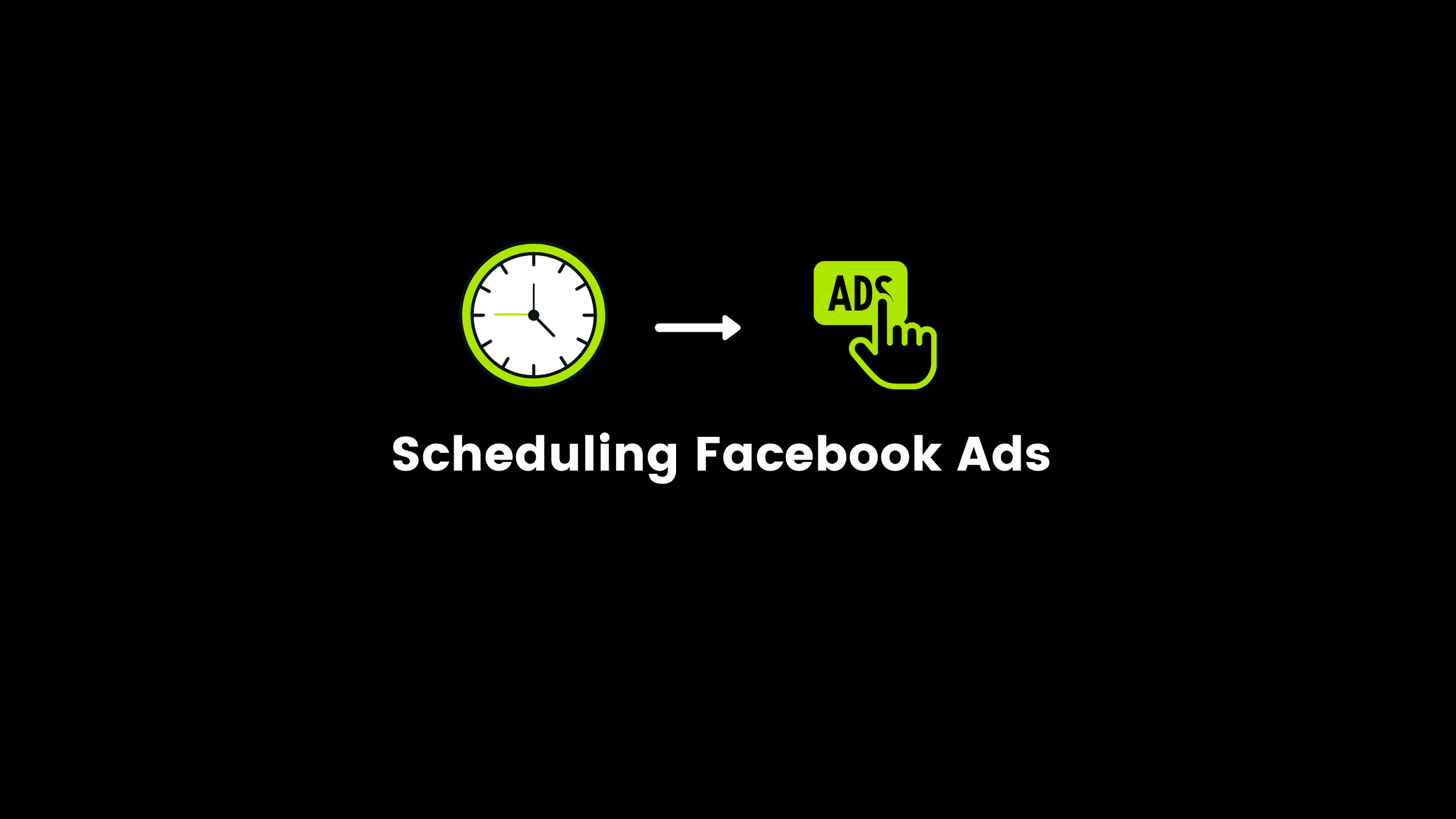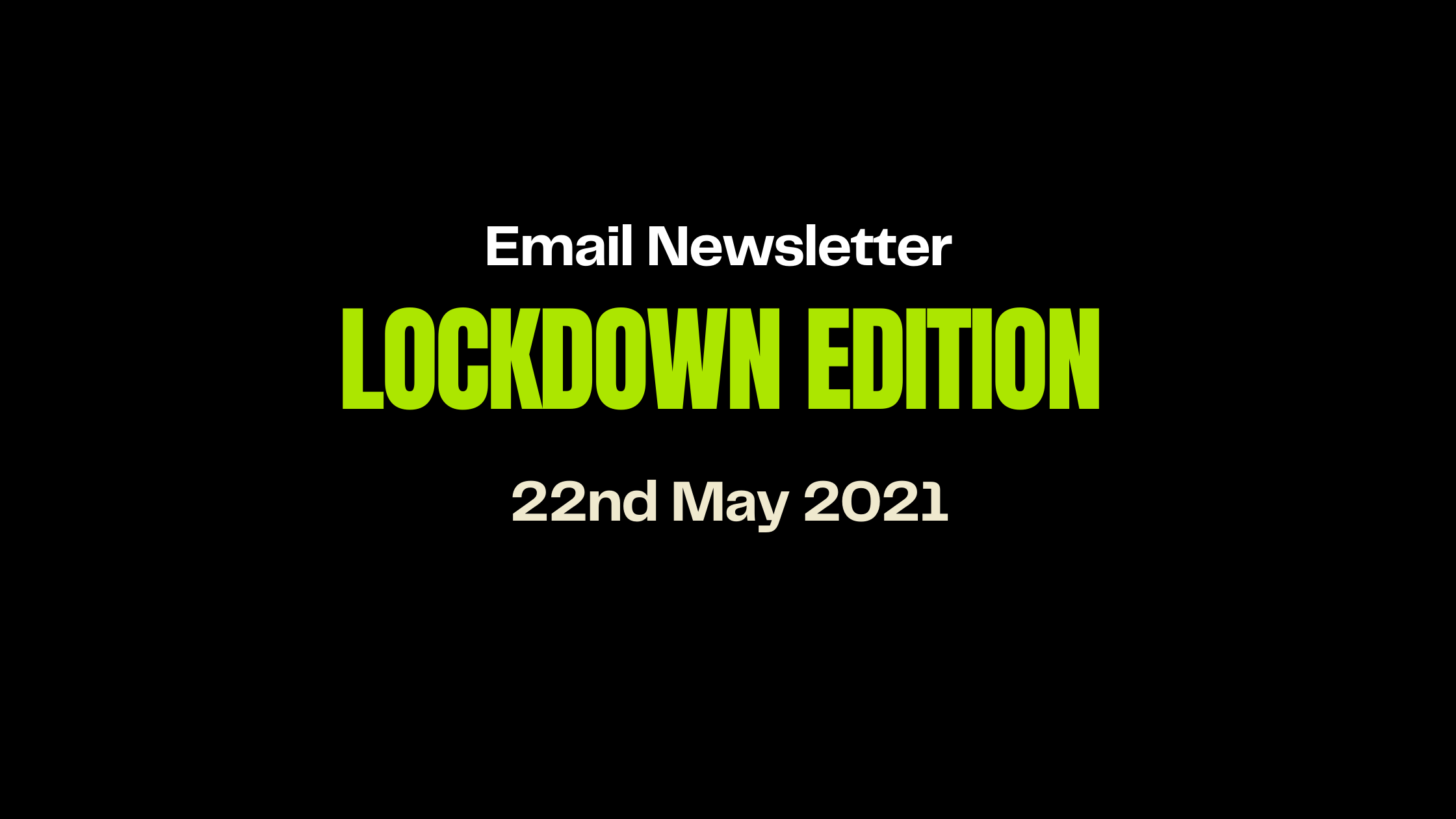In order to make your website/app work for your business, you need to understand how it’s performing. You need to know what’s working and what isn’t, so you can focus your efforts on the things that matter most. Fortunately, there are a number of tools and resources available to help you do just that. The following are the top 10 tools for measuring and optimising your website’s performance.
Google Analytics Google Analytics is a free service that tracks visitor activity on your site/app, allowing you to see exactly which pages are getting traffic and how visitors are interacting with them. It’s a great way to get a quick snapshot of where your visitors are coming from and what they’re doing. You can sign up for a free account by visiting http://analytics.google.com/. This blog intents to give you an understanding of how to use cohorts in marketing by using the insights from Google Analytics and other analytics tools.
What exactly are cohorts in marketing?
If you have a handful of visitors who are visiting your site/app on average every month, but they come from all different places and use different devices, using cohorts can give you a much clearer picture of how your site is doing. They can be useful for seeing how you’re doing overtime, and how you compare to the rest of the web. A cohort is a group of people who share a common characteristic, experience, or behaviour within a defined period of time. In analytics, cohorts are often used to analyse customer behaviour and track customer journey.
Are Cohorts the Same as Demographics?
Cohorts are better than demographics because they’re more specific. Demographics are used to describe the general characteristics of a group, while cohorts are used to describe how many visitors belong to a group. Demographic data is often used to describe the general characteristics of a group. For example, if you’re trying to determine if men or women are more likely to purchase a particular product or service, demographic data would be useful. Cohorts are useful for looking at how many visitors belong to a specific group. For example, if you need to figure out from your total website visitors, how many males from Kerala use an iPhone to consume your content, Cohorts will be useful.
How to use cohorts in your own marketing?
A common method of using cohorts to drive marketing campaigns is to use a cohort effect that is already present in the population (e.g., females over the age of 25 who are using iPhones). In this method, you take an existing cohort effect and test it against a new product or campaign.
Age is one of the most significant factors in buying decisions. This means that you should take into account people’s age when testing your new marketing campaigns and products. To test your campaign or product, you can compare it to the average age of a person who buys the product. By using this approach, you can determine if a certain marketing campaign will work for people who are 25 years old and older or for people who are younger than 25 years old. With this approach, you can test the effects of a new campaign or product by focusing on a particular age group. To do so, you should break down your marketing campaign or product into different age groups and cohorts.
Using cohorts in marketing can be a very effective way to target specific audiences and improve your marketing strategy. By understanding your target audience and their needs, you can create Cohort groups that are more likely to be interested in your product or service. Additionally, using Cohorts can help you track the success of your marketing campaigns and improve your approach over time. So if you’re looking for a way to improve your marketing strategy, consider using Cohorts.



